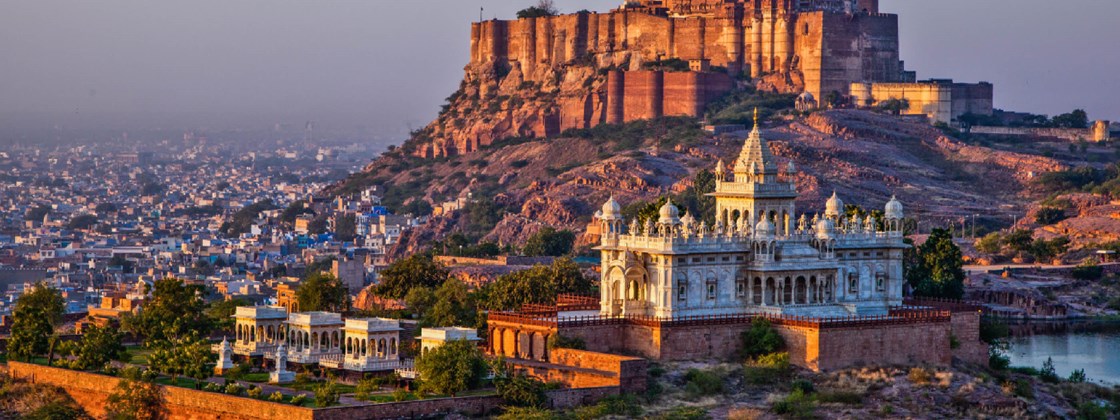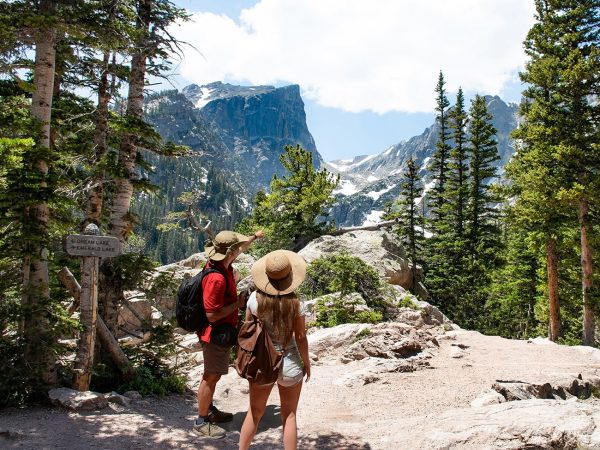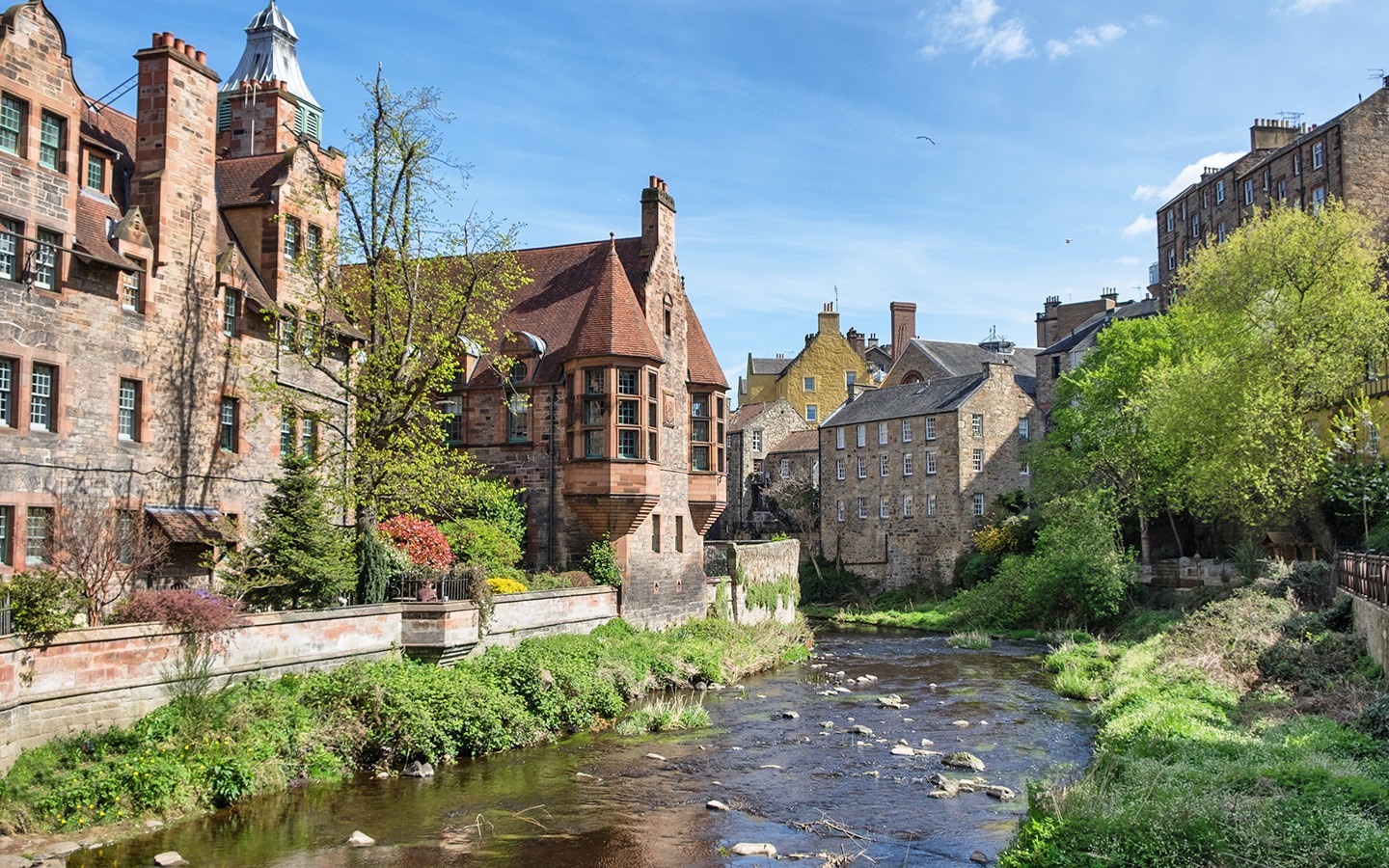Rajasthan – the name itself carries connotations of royalty, and the Indian state does not disappoint. Indeed, no time is long enough to explore the multitude of exotic locations this desert state has to offer. From princely palaces to desolate sand dunes, India’s largest state by territory brings the wonders of nature and the magnificence of historical lineage together.
Major Fort-ification
To understand the deep cultures prevalent in Rajasthan, it is best to start with the historical forts that dominate the skyline at almost every major place in Rajasthan. Beginning with Mehrangarh Fort (‘garh’ itself means fort in Hindi, the prevalent language of India), located in Jodhpur, the war-filled history of the Rajput kings and queens can be traced from before Mughal times all the way to Independent India, after which the princely states and kingdoms became part of the Indian nation.
The riches of the erstwhile rulers can be seen in the extensive collection housed at the forts of Rajasthan, including Mehrangarh. Elephant carriages (called ‘howdah’), palanquins for the royal ladies, treasures from the alliances with Mughals and displays of fine arts have been conserved so that you may enjoy their intricacy. Fast-forwarding to recent times, parts of Christopher Nolan’s blockbuster, The Dark Knight Rises, were filmed here in 2011.
Other equally fascinating hill forts in Rajasthan (collectively a UNESCO World Heritage Site) include the Amer Fort (Jaipur), Jaisalmer Fort, Ranthambore Fort (Sawai Madhopur), Chittor Fort, Kumbhalgarh Fort and Gagron Fort (Jhalawar).
A Palace OF One’s Own
The Hindi word for palace is ‘mahal’. Hence, the conjugation of this word with the descriptor of the palace forms the name of most of them. For example, the Hawa Mahal, or the Palace of Breeze, is a must-visit in Jaipur, Rajasthan’s capital city. Pink sandstone has been carved exquisitely into nearly a thousand windows overlooking the main street below; you can truly experience modern India juxtaposed with historical heritage at this palace.
Also consider the Lake Palace, in the picturesque city of Udaipur, the City of Lakes and sometimes also bestowed with the flattering titles Kashmir of Rajasthan and Venice of India. This palace is literally in the middle of a lake, with no bridge to land whatsoever! The white marble-walled palace is a luxury hotel now, suiting its stature of a palace for royalty.
Other noteworthy palaces that have been refurbished excellently are Devi Garh Palace near Udaipur itself, and Rambagh Palace near Jaipur, which is easily the most recent of these.
Many, if not most, of the better and bigger palaces have followed this trend of transforming into resorts and heritage hotels, thus achieving the dual goal of upkeep of historical and cultural traditions (the better to immerse yourself in!) and contributing significantly to the local economy (a huge factor in the hospitality shown to foreign tourists!).
Naturally, The National Animal Roams Rajasthan
Natural beauty abounds in this mostly desert state. The Thar Desert takes up most of the western part of Rajasthan, culminating in shapeshifting sands at the Pakistan border. Jaisalmer is the major city in this area, looked upon by its titular fort, which gleams in the setting sun to provide the nickname ‘Golden City’. Towards the east, the tiger reserves of Sariska (where tigers were successfully relocated for the first time anywhere) and Ranthambore (which provided the first relocated tigers) have long hosted tourists who have a penchant for wildlife photography. A bit of trivia: Sariska is also the site for India’s only public “astroport”! Lakes and oases abound in the east of Rajasthan, one of the more significant ones being at Pushkar, a do-not-miss town steeped in culture, world famous for its music festivals and hippie gatherings.
Who Knows What You Might See – Jaane Kya Dikh Jaaye
The Rajasthan Tourism department is putting it pretty simply with the tagline above. An image of camels bolsters the expectation of seeing undulating sand dunes from the back of the ship of the desert. The yellow landscape has made bright colors abundant in Rajasthan, from their dress to their homes. Visit this state of kings to capture the essence of past royalty, in the same manner that they used to lord over their lands!





